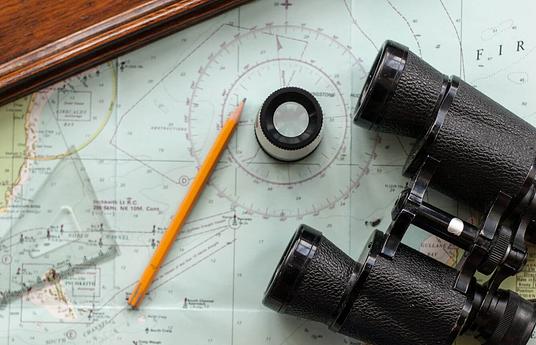For educational systems to remain relevant, they have to adapt along with society and culture. School-based art education is not exempt from this rule, yet the curricula and learning objectives typically show little change through the years. Today, in a global movement, educators are reimagining what schools should look like, how we should teach, and what is truly important for our students to learn. Meanwhile, with a renewed emphasis on creativity and innovative technology, schools have established STEAM labs and "makerspaces" in an attempt to revitalize the school curriculum with a focus on creativity and ingenuity rather than testing metrics and standardization.
The ArtED21 program is a response to these trends in contemporary education policy and practice. Established in a suburb of Pittsburgh, Pennsylvania, ArtEd21 seeks to rethink art education through a curriculum built on perspective, empathy, and innovation. Student-centered creativity binds all of these together as learners are given the freedom of choice while being released from the constraints of time.
Historical perspective allows us to place ourselves on the timeline of human history and development. By studying the past, we gain insight on the progress that we have made, the struggles we have endured, the successes we celebrate, and the promise of our continuing future.
Despite the ability of modern technology to connect people across the world, it is not uncommon for us to become ethnocentric and closed off to the reality that our world is made up of many different peoples who have their own perspectives, traditions, cultures, and ways of life. In order for students to have empathy for others, they must first understand these differences and begin to appreciate and value the diversity of mankind.
Drawing, painting, and sculpture are a few of the traditional art forms that make up the majority of school art education, but these same art forms represent only a minute fraction of the market for creative, artistic enterprise. Technology has changed the way we exercise our creativity and has also reorganized the demand for artistic, creative production. By teaching students to use technology creatively from a young age, we foster skills that are relevant to modern society and critical to them becoming innovators of the future.
Perspective, informed by history, empathy, born out of cultural understanding, and innovation, fueled by creative technology, are the core of ArtEd21. However, without being student-centered, these concepts fail to reach their full potential. Creativity is inherently difficult to quantify and therefore quite challenging to evaluate in grades. Taking inspiration from other core curricula, art classes have marginalized creativity by requiring students to meet certain, teacher-defined, standards of success or display precise evidence of prescribed learning goals. Loosening the definition of success allows learners to achieve their own objectives and more fully display their unique and individual creativity.
Rather than establishing a new curriculum with the development of STEAM labs and makerspaces, we must instead rethink the existing curricula so that they embody the beliefs and ideals of the maker movement. Art class was always supposed to be about creativity, but, in the school environment, the curriculum lost its way and failed to adapt with modern innovation and technology. If the art curriculum, which already has the ability to connect across educational disciplines, had always been more ready to adopt new forms of creative expression, would makerspaces ever be created in the first place?
Over the course of a decade and with the support provided through grants from organizations such as Remake Learning, Voya, Sprout Fund, and the Consortium for Public Education, the ArtEd21 concept has developed and been put into practice. Third-grade students now gain perspective through a yearlong study of the history of art, human experience, and global development. In fourth grade, empathy is the goal as students learn about multicultural art and their diverse forms of artistic expression which is inspired by their lifestyle, culture, and beliefs. And fifth-grade students focus on innovation through creative projects utilizing 21st-century technology such as 3D printers, computers, iPads, and video cameras. The art room itself is completely redesigned to allow for a diversity of choices and space for creative activity.
ArtEd21 is a program that seeks to reestablish the art classroom as the creative epicenter of the educational experience. Rooted in perspective, empathy, and innovation while grounded in student-led creativity, ArtEd21 is a renaissance of traditional art education. It is hoped that these changes will not only inspire and equip creative, motivated, empowered students, but serve as a prototype for the possibilities now available through art education in the 21st century.



